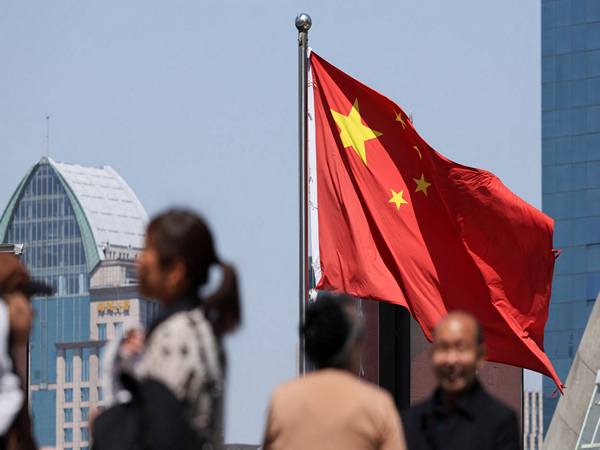Navigating Challenges: China's Strategic Moves in the Pacific
China's naval ambitions face geographic constraints and a lack of global allies, but recent operations in the Pacific reveal strategic shifts. The PLA Navy's dual-carrier deployments and focus on far-seas operations highlight evolving capabilities, posing challenges to U.S. dominance while emphasizing the importance of international alliances in the region.

- Country:
- India
China's navy faces inherent geographic challenges in its quest to become a dominant blue-water force. While the People's Liberation Army Navy (PLAN) has been strengthening its capabilities, the first and second island chains surrounding China impede unfettered access to the Pacific Ocean. Additionally, China's limited number of global allies contrasts sharply with the U.S.'s extensive network.
Recent maneuvers by China's twin aircraft carriers, Liaoning and Shandong, beyond traditional bounds suggest a strategy pivot. These operations, touted as combat drills, signal China's increasing capability and assertiveness in the Western Pacific. Experts argue that these moves reflect China's intent to challenge U.S. influence and project power farther from home.
However, the lack of logistical support and infrastructure remains a hurdle for sustained Chinese naval operations. The PLAN's emphasis on near-seas dominance serves as a precursor to further expansion, which could provoke strategic recalibrations by U.S. forces in the region. As China advances, U.S.-led alliances, underscored by joint exercises like Talisman Sabre, retain a critical edge through interoperability and collaborative defense tactics.
(With inputs from agencies.)










